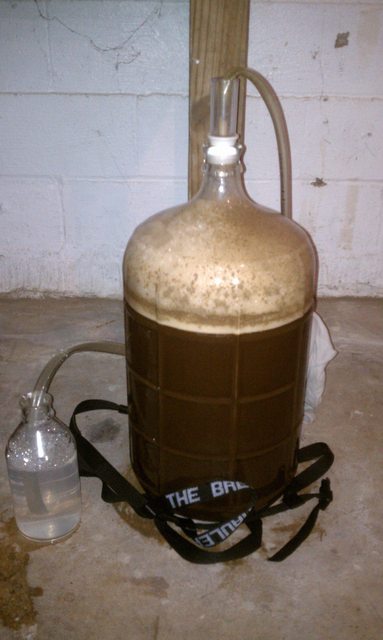Russian River's Supplication is one of the best beers I've ever had. I really enjoy this beer, but unfortunately, being in Texas, I cannot readily obtain any. I would like to try my hand at brewing a batch of this, but I haven't found much information other than what their website provides. Here's what I know:
Supplication
*brown ale aged in French Oak Pinot Noir barrels
*aged with sour cherries
*fermented with Brett, Lacto, and Pedio
*7.00% ABV
*1.064 OG
*27 IBU's
I know that Vinnie has shared a lot of information regarding his brewing process through different channels (Brewing Network, BYO, various books, etc) but I was hoping to collect a comprehensive knowledge database about this beer and it's process so that we could attempt it. Any info helps! Thanks in advance.
Brian
Supplication
*brown ale aged in French Oak Pinot Noir barrels
*aged with sour cherries
*fermented with Brett, Lacto, and Pedio
*7.00% ABV
*1.064 OG
*27 IBU's
I know that Vinnie has shared a lot of information regarding his brewing process through different channels (Brewing Network, BYO, various books, etc) but I was hoping to collect a comprehensive knowledge database about this beer and it's process so that we could attempt it. Any info helps! Thanks in advance.
Brian

































![Craft A Brew - Safale S-04 Dry Yeast - Fermentis - English Ale Dry Yeast - For English and American Ales and Hard Apple Ciders - Ingredients for Home Brewing - Beer Making Supplies - [1 Pack]](https://m.media-amazon.com/images/I/41fVGNh6JfL._SL500_.jpg)
























